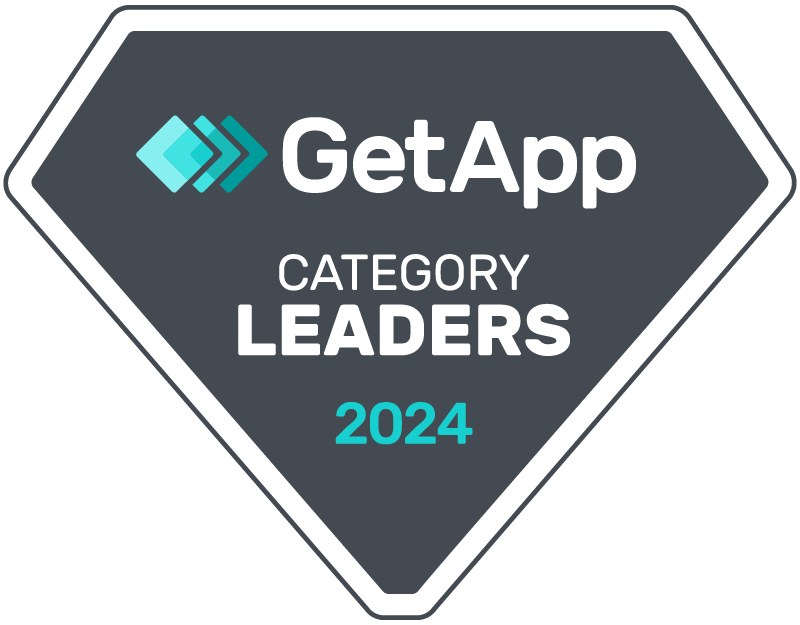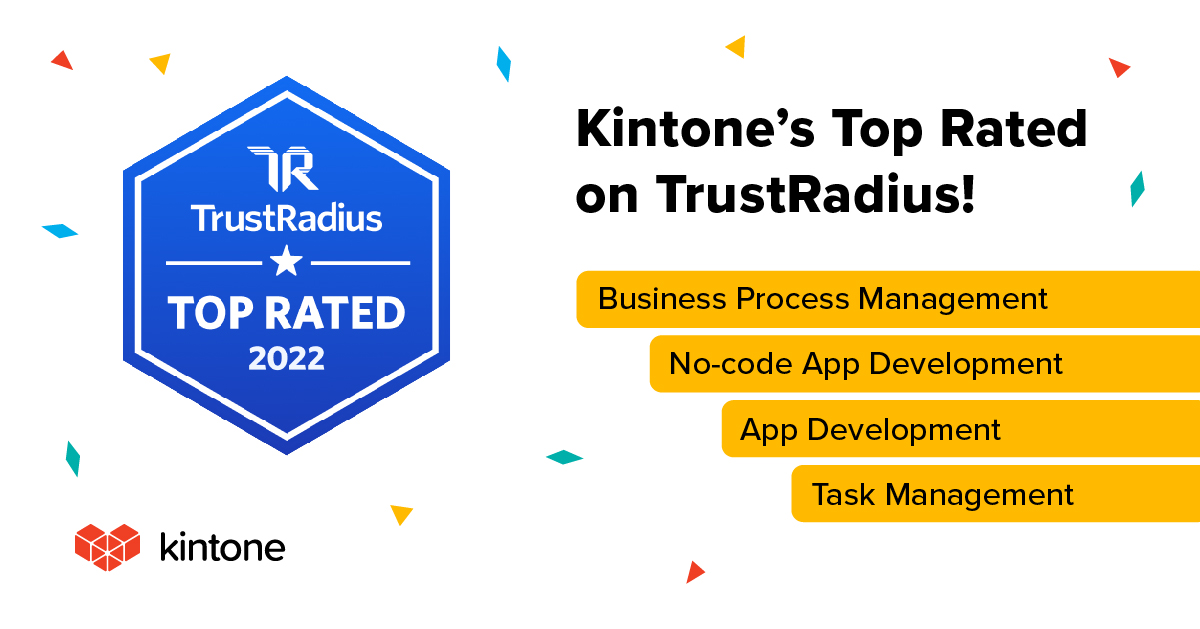This year’s HR Technology Conference & Expo event is just around the corner and Kintone is all in. Come meet the team and learn about our HR-centric software solutions.
Be sure to join us Thursday, September 13 from 12:30-1:30 PM for a demonstration of our no-code platform’s HR features and client use cases. We’ll also debut our brand new Google GSuite Hangouts Kintone chatbot, which will be available for audience testing.
Join us in Demo Room #2 near the rear of the expo.
What is Kintone?
Kintone is an agile software platform for companies who need custom software without the custom pricing. With Kintone, you can create new software for your workflow in minutes. Our drag-and-drop interface makes it easy to build what you need, and quickly change it when you need something different.
For this year’s conference, we’re bringing something really great to the table: custom, pre-built HR applications for HR professionals. Yup, we just turned minutes into seconds. Now you don’t even need to create an app: just download a template and get up and running faster than a NASA rocket launch.
New templates include our Job Openings App, Applicant Tracking App, and Employee Onboarding App. From identifying new talent to supporting old talent, you can do it all with Kintone.
Download FREE EBOOK: How New Technologies and Methodologies Are Reshaping HR
What is no-code?
Kintone is part of a larger no-code revolution in software development. No-code (sometimes referred to as “no-code platforms”) are application development platforms that can be built and customized with zero programming experience. In short, no code experience = no problem. With no-code platforms, you can create all the software you need with the knowledge you have.
There are two philosophies that drive no-code software development: democratization of tech and agile software development principles.
Democratization of tech is the bright idea that tech, especially the development of it, should be accessible to everyone. People have the ability to create their own websites, ebooks, and sales channels, so why not software?
Agile is a software development principle that advocates the concept of “continuous improvement.” Continuous improvement asserts that business software development needs to account for the rapidly-changing nature of business in the digital age. A business process that worked five years ago may not be as effective for a company anymore and software should roll with the change rather than resist it.
Traditional software typically requires a major overhaul to meet the demands of a radically different business process. Out-of-the-box solutions offer no redesign solution, instead forcing employees to adapt workaround methods that let them do what they need within a limited software platform. Both approaches waste time, money, and your employee’s sanity. No-code platforms eliminate this headache by following agile principles. Because the business user can design their own application, they can also change it. The software is what you need it to be, when you need it.
RELATED: Sign up for our free webinar on August 29 on the power of no-code solutions for businesses
How Kintone Saved This One CPA Firm
For Michael Callahan, no-code solved his onboarding dilemma. Prior to using Kintone, Callahan’s CPA firm relied on mentor relationships to onboard new employees. One of the more experienced workers would set aside time from their schedule to train and bring new employees up to speed on the business practices of Michael Callahan and Associates LLC.
While the relationship helped foster a sense of closeness, it cost Callahan and his employees significant amounts of time. Every hour the experienced employee dedicated to onboarding was an hour lost in productivity.
Things changed with Kintone. Using the platform’s DIY solution, Callahan built a tailored onboarding application that not only let new hires manage their onboarding process but also evaluated the quality of their training.
Callahan’s onboarding app features a written and video walkthrough of each skill a new employee must learn. Each skill is ranked on a scale of 1-10 in terms of difficulty, with higher numbers indicating harder skills to master. When an employee completes a section of onboarding, their completion and number is sent to their manager for review. The more difficult skills an employee learns, the higher their overall score.
This process lets Callahan and his leadership team evaluate both what skills new employees are learning as well as the technical strengths of his team. If a project requires a particular skill, Callahan knows who on his team is best equipped to handle it. While employee closeness and mentorship roles are still encouraged, they are more positive in nature. Employees can learn from one another without compromising on work schedules and output.
What Else Can Kintone Do?
In addition to pre-built HR applications, Kintone’s platform includes several out-of-the-box features that handle every aspect of human resource management:
In-record collaboration tools: One of Kintone’s unique platform features is its in-record collaboration tool. Colleagues can communicate on a chat feature inside the record, making it easy to track previous relevant communication, share feedback, or update relevant team members when a decision about the data occurs. With Kintone, HR teams can keep their data and conversation all in one place, making it easy to track and preserve previous communication.
Sophisticated permissions controls: Sensitive information and software don’t always go together. Many standalone products like Excel offer limited password protection systems that keep people without the password from gaining, but don’t track what someone does once inside the document. People with the password can share, access, manipulate, and duplicate data with little to no oversight, leaving teams with sensitive information in a vulnerable position.
Kintone helps break the cycle of minimal oversight with sophisticated permissions tools. With Kintone, HR members can set up user access limits on a team, department, or individual level. Once permissions are set, the administrator can also track who has accessed the data and what changes were made.
Data consolidation: Most developed HR teams aren’t working in a technology vacuum; they’re using one or more software platforms to meet their current needs. In these instances, adding another software isn’t just about getting a wider range of features—it also becomes a matter of integrating that platform and its separate processes into the greater workflow.
Kintone side-steps this problem. Rather than force additional complexity to a user’s workflow, it lets users simplify their existing business process through sophisticated platform integrations. Users can connect Kintone with their third-party platforms and feed data from them into Kintone for a centralized view.
Kintone makes it easy for HR professionals to get the tech support they need when they need it. Want to set up a meeting with Kintone at the HR Technology Conference & Expo? We’ve got you.
About the Author
Michelle is the Content Marketing Specialist at Kintone. She is a content marketing expert with several years in content marketing. She moved to San Francisco in 2015 and has experience working in small businesses, non-profits, and video production firms. She graduated in 2012 with a dual degree in Film and English.











